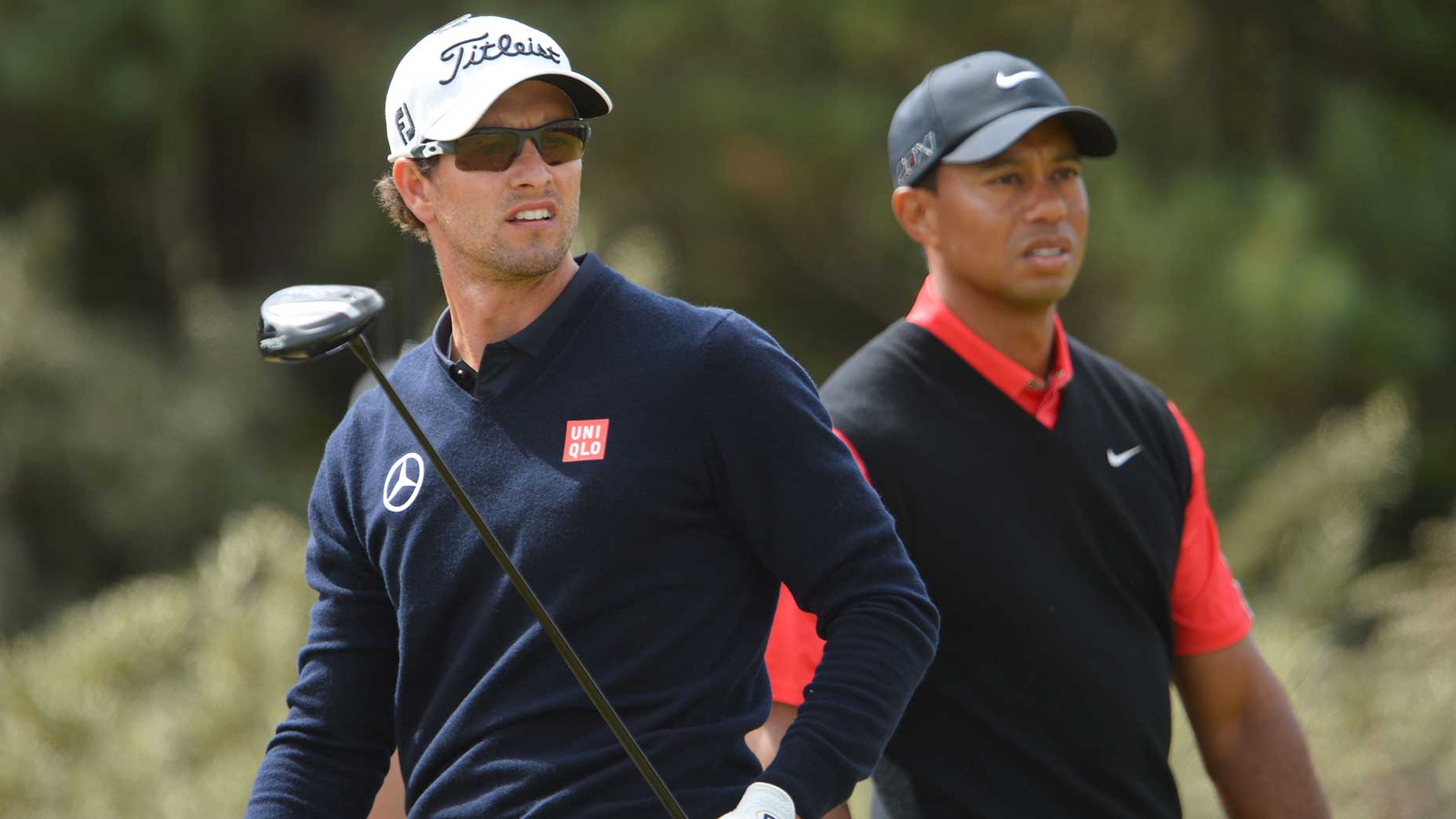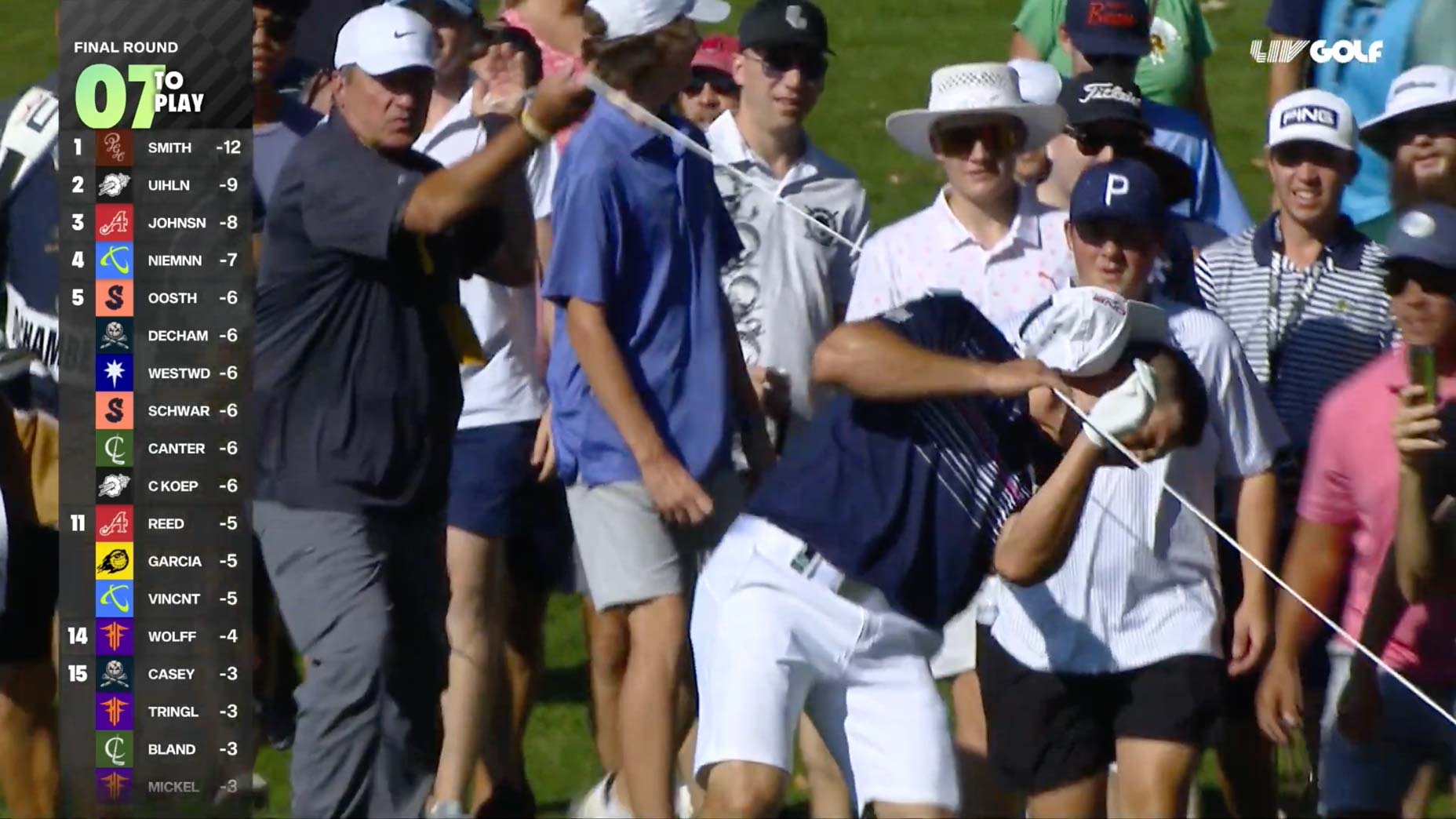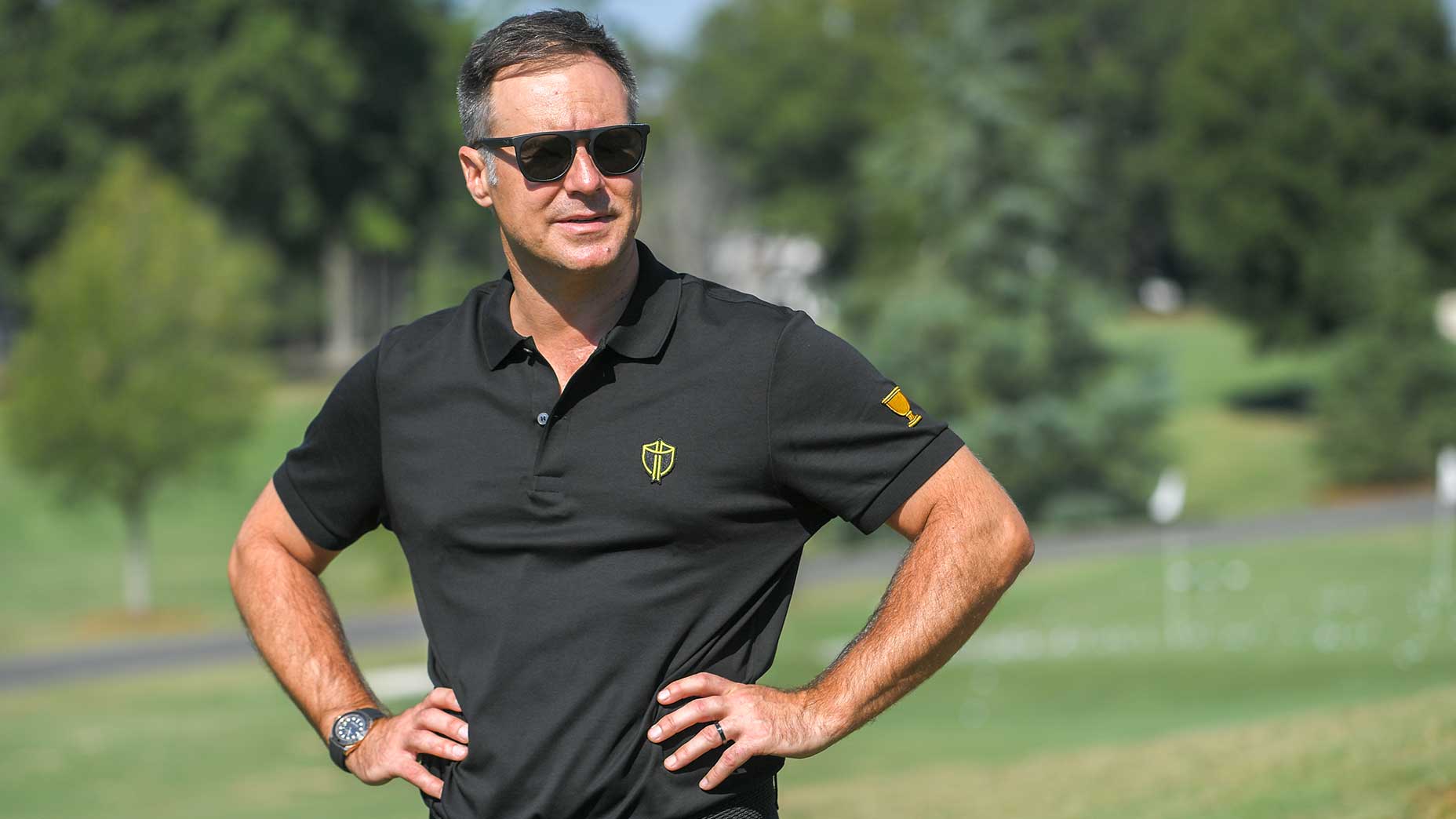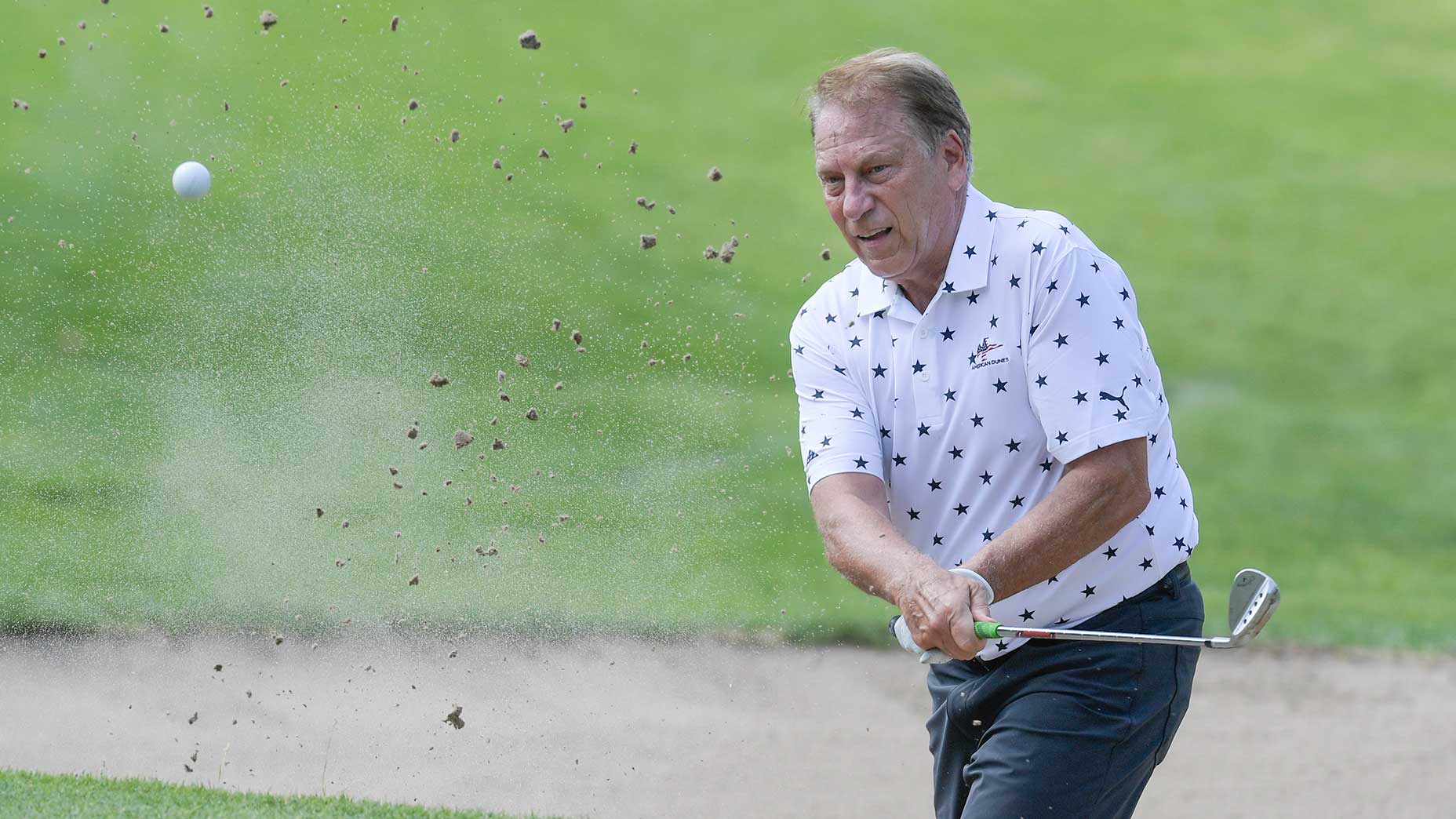Bryson DeChambeau’s changes over the span of the last 11 months have been nothing short of brilliant — largely because they’ve worked. No golfer has used the sport’s information age to his advantage more dramatically than DeChambeau, who transformed his diet and his swing in pursuit of distance gains that have already provided him with a major championship victory.
But on this week’s episode of GOLF’s Subpar, DeChambeau’s swing coach Chris Como explains how his client was capable of making such dramatic changes to his form and figure without his golf swing falling apart. A change he says is due largely to Bryson, but in part to the sport’s innovations over the last two decades.
“If he went down the path he went down right now, hypothetically, years before this technology, it would’ve worked out,” he said. “But also, what are the chances of him going down the right path and him going down the wrong path. I think that probability changes somewhat without having ways to measure how you’re doing along the way.”
As with just about everything else, things in golf have quickly evolved since the tech boom at the start of the 21st century.
Equipment, for one, is better than ever. There’s more precision, more playability, more forgiveness, and (of course) more distance to be found from driver through putter. Today, companies like Callaway have even begun utilizing artificial intelligence in the pursuit of the best possible design.
But much in the same way that social media companies like Facebook and Twitter followed the explosion of mobile phones and portable computers, a separate revolution has followed equipment enhancements from major manufacturers. This data-based revolution, spurred by the advent of portable simulators like Trackman and FlightScope, allowed golfers to quantify the value of a “good” shot and a bad one.
Suddenly ball speed, attack angle, smash factor and spin rate overwhelmed the space once dominated by “feel” and “touch.” Golfers could begin to understand the things they intuitively knew about how far, how fast, and how straight their shots went. And golfers armed with the right perspective could weaponize that information to their advantage, providing themselves with a strategic advantage over the field.
Enter: Bryson DeChambeau. Bryson’s commitment to utilizing data fueled his desire to bulk up and gain distance, but as Como points out, that same data was an important part of each change in his game.
“To me, it’s like, okay, be smart about this,” he said. “I think it’s great, but do it smartly. Measure stuff along the way, know the baseline of your swing for where you’re starting from. So that way, if you go down a path that doesn’t fit you, you can kind of unravel yourself.”
With the help of the data, Como says, DeChambeau was able to build safeguards for his swing even as it rapidly shifted.
“To me, the analogy would be leaving breadcrumbs in the forest, so that way you don’t get lost in the labyrinth of making these changes,” he said. “Yes, I just think the possibility of going down the path that didn’t fit him and not knowing how to get out of that would’ve been a problem.”
To hear the rest of Como’s interview with Subpar, including his experience working with Tiger Woods, check out the video below.











